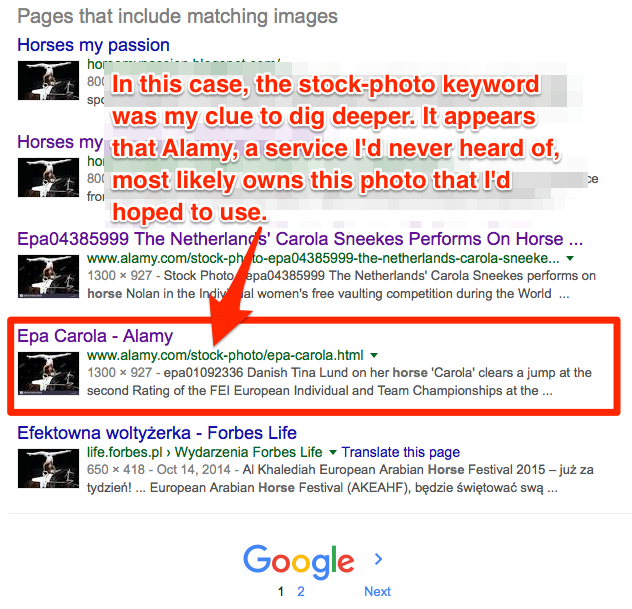Stock Photography: How To Not Do It Wrong
We've all been there. You're blogging like a bat out of a rather warm locale. Need stock photo. Google image. Find image. Download image. Post image. Done. The struggle is real! But sometimes the quick and easy way of getting stock photography is not the best way. With a little creativity, you can avoid an expensive pitfall ... and maybe even come out looking better for it.
Copyrights – #DoingItWrong
One day (in a previous life), my manager came into my office and asked if I had any documentation on some stock photography that had been on one of our websites for years. The photos had been provided by a digital agency before my tenure, and when redesigning the website, I’d assumed that we owned the right to use the images, and had documentation to support this claim. As can happen with assumptions, mine was not entirely correct. At least not, in any provable sense. And the large stock photo company who DID own the rights to the images was less than convinced. They were willing to let the matter drop for about $14,000. According to our lawyer on staff, “It’s the cheaper option.”
Let’s see how we can avoid that little adventure going forward.
Step 1 – Do your Research (It’s Easier than you might think)
When you find that an image that you want to use, the first thing to do is called a “reverse image lookup”. It’s sort of the reverse of your typical Google search – rather than type in keywords to help find an image, you upload the image to reverse lookup page to find all the places where that image (and often similar images) might be used already. Now, you may be asking, “Why do I care whether someone else is using it? It’s not like I own the picture.” Well spotted! What we are looking for is the owner of the image.
Reverse Image Sites

Step 2 – Obtain Stock Photography Rights
In some cases, the copyright owner may have already given permission for the image to be used in certain ways. Some permission grants are broad (any purpose) and others are more narrow (non-commercial, by permission only, etc.). If the image is owned by a stock photography company, you’ll typically have to buy credits or a subscription (if you use enough of them). Sometimes, this is the point where you decide that that must-have image isn’t really so must-have after all. Another one, or a more abstract concept image that is free might be the better choice. Either way, obtain the rights.
Step 3 – If All Else Fails, Get Creative!
Sometimes the photo of your dreams just isn’t worth the asking price – or isn’t for sale. If you have the time, equipment, and skill, make it a DIY effort and roll your own. Often, though, a better option is to be less literal. If your article/content refers to an example (like equestrian parkour!), look for a photo related to that and use creative headlines and teasers to reel in your audience – and entertain them at the same time. (In my case, the photo I found turned out to be owned by a stock photo service … good thing I didn’t use it!)
Fair Play Matters
In the end, we all want our content to be respected by others, which challenges us to treat other content creators with that same level of respect, right? As Mahatma Ghandi put it, “As a man changes his own nature, so does the attitude of the world change towards him.”
And while you’re at it, you’ll do yourself a favor and skip the risk of thousands of dollars in fines!
